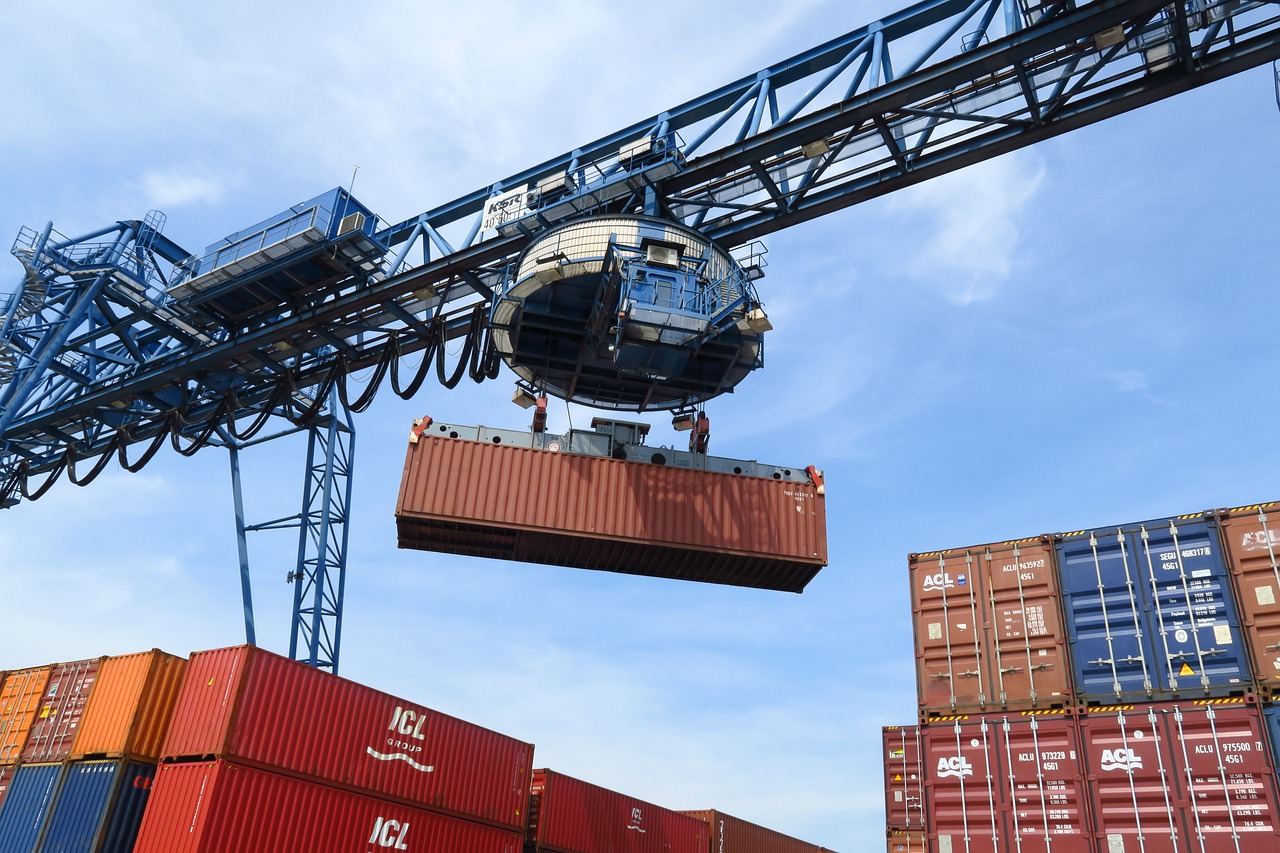
AgentlyExport tax refundHow much profit can actually be generated?
Export tax refundProfit is composed of three key elements:
- Difference in tax refund rates: The current export tax rebate rate for 2025 ranges between 9-13% (referring to the adjusted tax rate system in 2023).
- Customs declaration value of goods:The calculation shall be based on the amount specified in the special VAT invoice.
- Agent service cost: Includes comprehensive fees such as customs clearance, logistics, and document processing.
Taking the export of goods worth 1 million RMB as an example, assuming a tax rebate rate of 13%, the theoretical tax rebate amount would be 130,000 RMB. The actual profit needs to deduct agency service fees (typically 1-3%) and capital costs, resulting in a net profit ranging approximately between 90,000 to 110,000 RMB.
What are the key points to consider when negotiating profit distribution?
The author suggests adoptingFive-Step Negotiation Method:
- Clarify the service fee calculation model
- Fixed-rate system: Charging based on a percentage of the tax refund amount.
- Laddered sharing mechanism: progressive reduction in sharing ratio for excess portions
- Agreed Fund Advance Clause
- Funding cycle (typically 30-90 days)
- Calculation Method for Advance Interest
- Establish a risk hedging mechanism
- Customs documentsResponsibility for Defect Handling
- Handling of Tax Refund Differences Arising from Policy Changes
How to Avoid Common Profit Distribution Pitfalls?
In the 2025 foreign trade agency market, special attention should be paid to:
- Full discretionary risk: A certain garment enterprise, due to entrusting an agent to handle export transactions through purchasing foreign exchange, suffered a loss in tax refund amount and is facing administrative penalties.
- Falsely inflating the value of goods to evade taxes: An electronic component agent fraudulently obtained tax refunds by inflating prices, with the involved amount exceeding 20 million yuan.
- The exchange rateFluctuation blind zone: A machinery exporter, without an agreed-upon exchange rate lock clause, suffered a 7% loss in expected profits due to the appreciation of the RMB.
Practical Case Analysis: Profit Variations Across Different Agency Models
Case A: A sanitary ware company with an annual export volume of 50 million yuan adoptsFixed rate of 3%Mode
- Annual tax refund amount: 50 million × 13% = 6.5 million yuan
- Agency service fee: 6.5 million × 3% = 195,000 yuan
- Net profit: 6.305 million yuan
Case B: Adoption by enterprises of the same scaleStep-based commission model(3% for amounts up to 5 million, 1.5% for the excess portion)
- Basic service fee: 5 million × 3% = 150,000 yuan
- Excess service fee: 1.5 million × 1.5% = 22,500 yuan
- Total service fee: 172,500 yuan (12% savings compared to the fixed model)
Frequently Asked Questions: Your Top 3 Concerns
Q1: Is a lower agency service fee ratio always better?
Not so. A ceramic exporter opted for a 1.8% ultra-low-rate agency, but due to documentation errors, the tax refund was delayed by six months, resulting in capital cost losses far exceeding the service fee difference.
Q2: How do exchange rate fluctuations affect actual profits?
It is recommended to stipulate in the contractRefund settlement exchange rate benchmark date, the exchange rate is generally based on the Bank of China's spot exchange buying rate on the date of customs declaration issuance or the date of foreign exchange receipt.
Q3: How to ensure that the agent returns the tax refund on time?
Can adoptTripartite supervision accountThe model requires the agent to provide a bank performance guarantee and stipulates a penalty for overdue payment (recommended daily interest rate starting at 0.05%).


 Follow Customer Service WeChat
Follow Customer Service WeChat